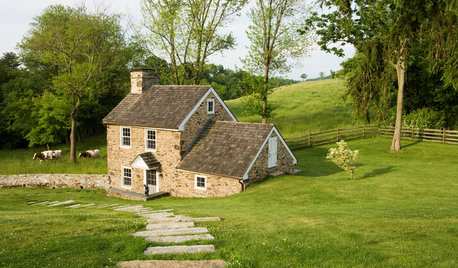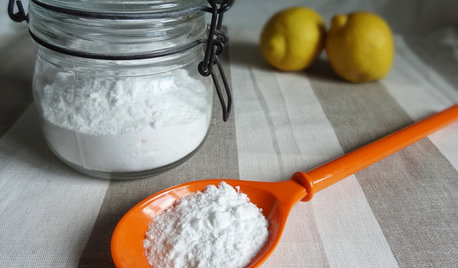Spanish moss pollution sensitivity
martyp
14 years ago
Featured Answer
Comments (19)
Minxie
14 years agolast modified: 9 years agoUser
14 years agolast modified: 9 years agoRelated Professionals
La Marque Landscape Architects & Landscape Designers · Anderson Landscape Contractors · Surprise Landscape Contractors · Framingham Landscape Contractors · San Pedro Landscape Contractors · West Chicago Landscape Contractors · Woodbury Landscape Contractors · Alsip Fence Contractors · Midvale Fence Contractors · Minneapolis Fence Contractors · Salida Fence Contractors · Whittier Fence Contractors · Lebanon Siding & Exteriors · Overland Park Siding & Exteriors · West Elkridge Siding & ExteriorsMinxie
14 years agolast modified: 9 years agosplinter1804
14 years agolast modified: 9 years agomartyp
14 years agolast modified: 9 years agoUser
14 years agolast modified: 9 years agomartyp
14 years agolast modified: 9 years agomartyp
14 years agolast modified: 9 years agoalibaba_2008
14 years agolast modified: 9 years agoflabrom
14 years agolast modified: 9 years agoMinxie
14 years agolast modified: 9 years agoUser
14 years agolast modified: 9 years agosplinter1804
14 years agolast modified: 9 years agoUser
14 years agolast modified: 9 years agoLisaCLV
14 years agolast modified: 9 years agosplinter1804
14 years agolast modified: 9 years agoUser
14 years agolast modified: 9 years agojfadmz
4 years ago
Related Stories

HEALTHY HOMESleep Happier and Healthier in a Toxin-Free Bedroom
Light pollution, toxic bedding, wallpaper that off-gases ... if you're not getting good sleep, these bedroom blights might be to blame
Full Story
BEFORE AND AFTERSSee 6 Yards Transformed by Losing Their Lawns
Wondering whether a turf lawn is the best use of your outdoor space? These homeowners did, and they found creative alternatives
Full Story
MOVINGMaking a Home Away From Home
Feeling like a stranger in a strange land? These tips can help ease the transition after a big move
Full Story
HOUSEPLANTS8 Essentials for Healthy Indoor Plants
Houseplants add so much to our homes — and can thrive when grown in the right conditions. Keep these tips in mind
Full Story
EXTERIORSHelp! What Color Should I Paint My House Exterior?
Real homeowners get real help in choosing paint palettes. Bonus: 3 tips for everyone on picking exterior colors
Full Story
BEFORE AND AFTERSRestoration Rallies a 1790 Stone Springhouse
An old outbuilding gets a new purpose — several purposes, that is — thanks to careful efforts by stonemasons and architects
Full Story
HOUSEKEEPINGBaking Soda: The Amazing All-Natural Cleanser You Already Own
Battle grime, banish odors and freshen clothes with this common nontoxic cupboard staple
Full Story
LIFERetirement Reinvention: Boomers Plot Their Next Big Move
Choosing a place to settle in for the golden years? You're not alone. Where boomers are going and what it might look like
Full Story
FARM YOUR YARDHow to Grow Vegetables in Containers
Get glorious vegetables and fruits on your patio with a pro’s guidance — including his personal recipe for potting mix
Full Story
HOMES AROUND THE WORLDStorybook Cottage Gets an All-Glass Kitchen
A showstopping addition to a traditional thatched cottage houses a contemporary kitchen
Full StoryMore Discussions






jfadmz